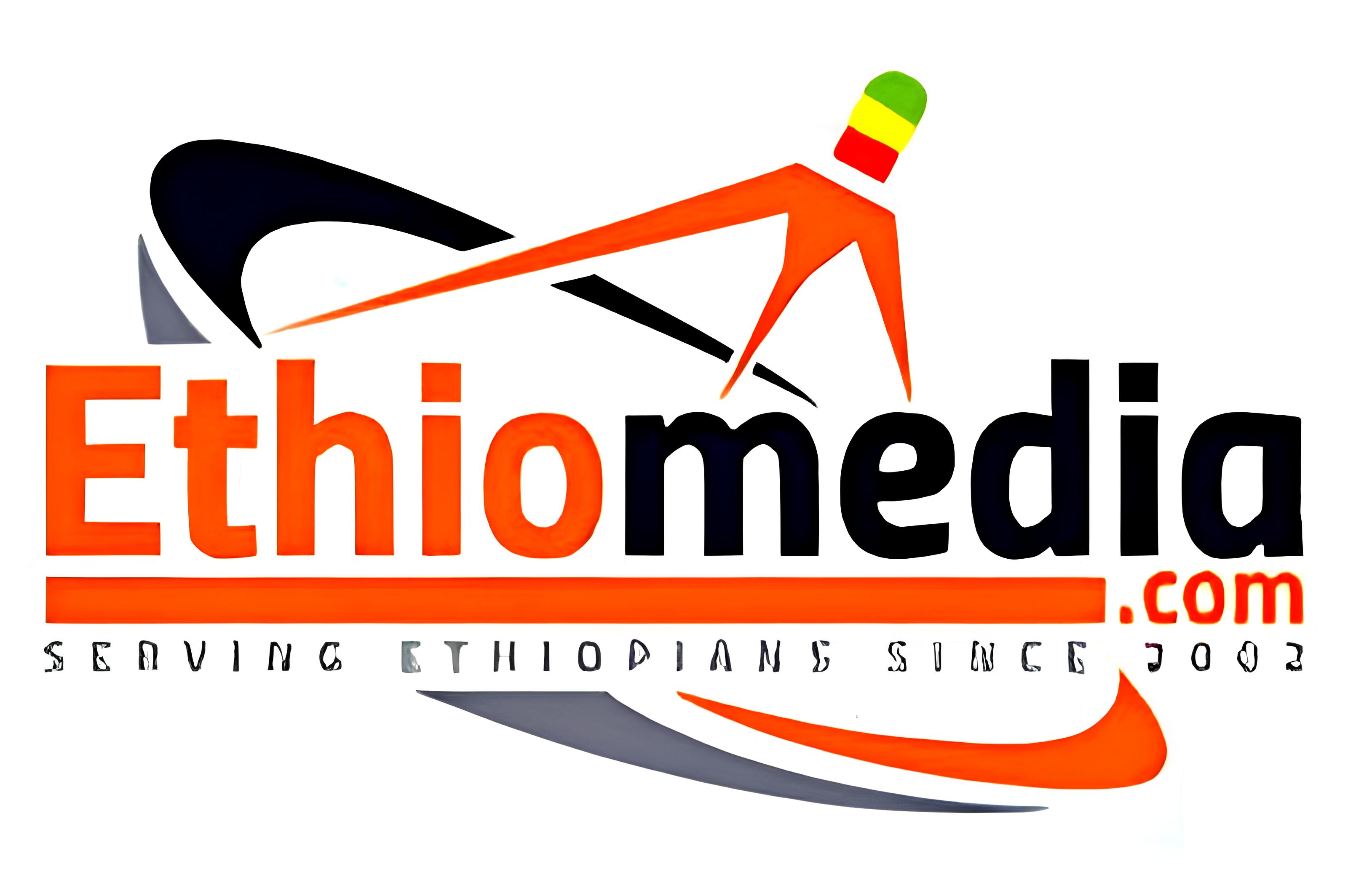|
“Time to bring back Eritrea from the cold” – A reply to Ambassador Hank Cohen By Professor Minga Negash January 26, 2014
Many observers agree that recent unfortunate developments in the Middle East can easily
On December 16, 2013 Ambassador Hank Cohen, the Former Assistant Secretary of State for Ambassador Princeton Lyman, the Former United States’ ambassador to Nigeria and South
Ambassador Cohen’s article contains two central issues. His first point is that the sanction
Ambassador Cohen has been successful in hiding the gold in the wax. The task of critical
The “free port” offer by Eritrea which is also echoed by Ambassadors Cohen and Shinn does not
It is important to note that the EEBC was established based on the Algiers Agreement, and
Ambassador David Shinn’s article echoed Ambassador Cohen’s statement. In II
To understand the issues better, it is important to take a step back and examine the foundations Article 4 (1):-
Article 15:-
For the petitioners of the April 2, 2002 letter the outcome of the EEBC was as expected.
Despite the absence of clarity in the latest statement of the Government of Ethiopia, there are a
The political cost of Article 4(1) and Article 15 for the TPLF dominated government has been
Figure 1 provides useful information. First, the disputed areas are inland territories. Second, the
Furthermore, a closer examination of the geopolitical map of the region and the ethnic map of III
As noted earlier the balance of power in the Middle East is changing and this change has a
Notwithstanding the debate in each country, one important point that is yet to happen is that Option #1: Accept the EEBC’s decision
In a short response
Therefore the proposal suggested by Ambassador Cohen and supported by Ambassador Shinn Option #2:-Continue the current policy
The “no war no peace” situation is a de facto rejection of the EEBC’s decision, apparently by Option #3:-Support regional nationalisms
Eritrea is openly supporting ethno-nationalist movements that are against the Government of
However, this option requires careful thinking as(i) Eritrea is also reciprocating and the conflicts Option #4: Start afresh and try to make a new comprehensive treaty with Eritrea
If a referendum was the solution to the type of relationship that Eritrea and Ethiopia should have
Expanding the scope of the 1928 agreement, Eritrea and Ethiopia can enter into a long term
For Eritrea the long term irrevocable contract provides peace. It is a start of several confidence
This option however is more than likely to face resistance from military strategists in Ethiopia as Option #5 Find a military solution to the problem of Ethiopia’s landlocked-ness
Invading the Dankalia region of Eritrea, where the ports are located, remains an option for However, this option is not without problems:- (i) it raises Eritrean nationalism; (ii) the invasion IV
In conclusion, there are a number of options that are available to the Government of Ethiopia.
Finally one might like to ask what the international community and the United States can or
Ethiomedia.com – An African-American news and views website. Copyright 2013 Ethiomedia.com. Email: [email protected] |


